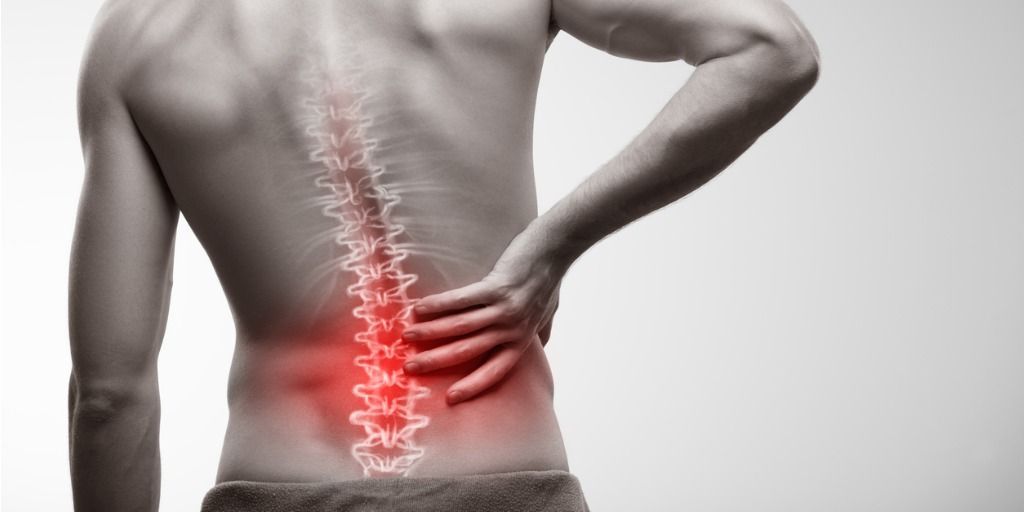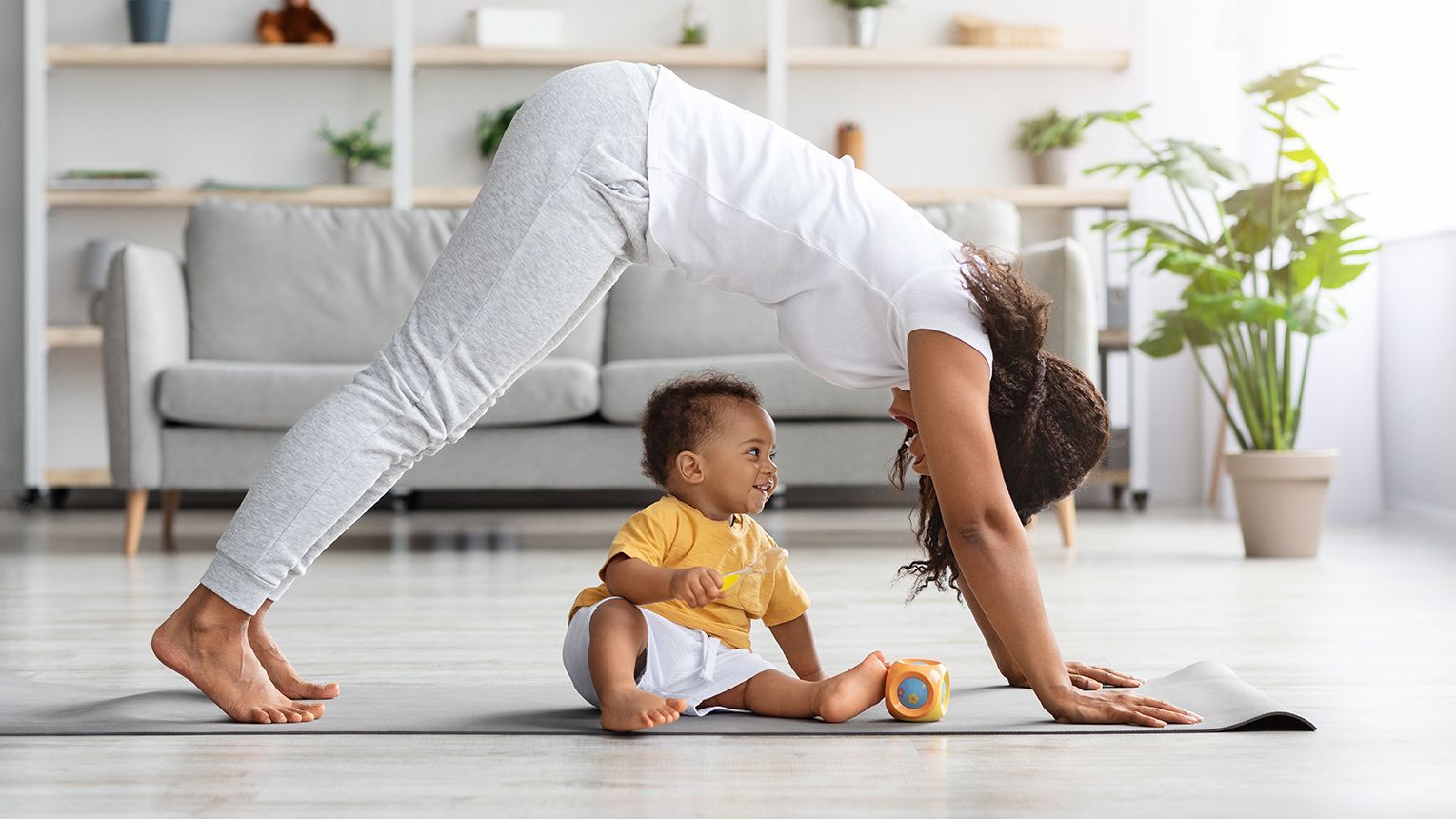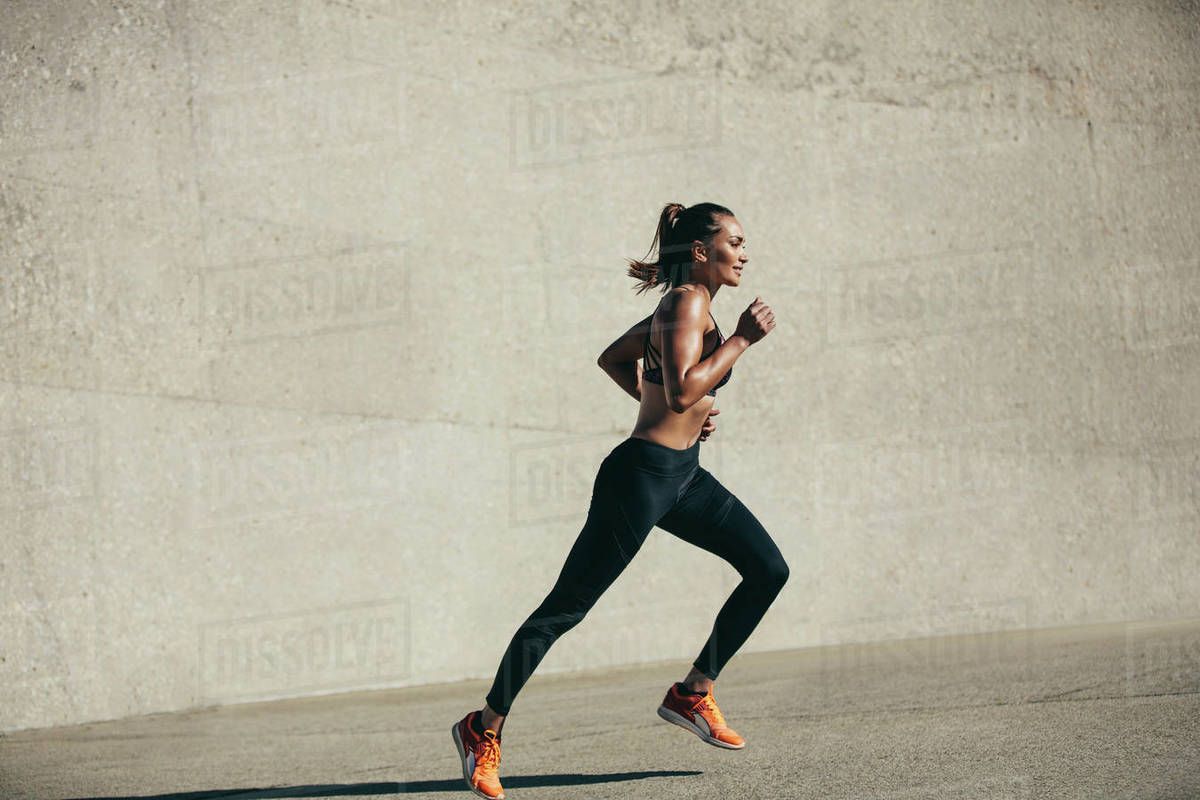Starting the New Year off right
With a new year upon us every individual will be looking to achieve a new list of goals they would like to achieve for both their physical and mental wellbeing. It is important when setting goals for the new year to break it down into steps so that these can be achieved and keep you motivated along the way.
Here are a few steps to help.
Specificity
A goal must be clear and precise. Ambiguity leads to confusion, whereas specificity provides direction. Instead of saying, “I want to get fit,” try “I will jog for 30 minutes, five days a week.” This leaves no room for misinterpretation and gives you a concrete path to follow.
Measurable: Track Your Progress
Goals need to include criteria for measuring success. By tracking your progress, you can stay motivated and recognize when adjustments are needed.
Pro Tip: Use tools like journals, apps, or spreadsheets to monitor milestones. Celebrate small wins to keep the momentum alive.
Achievable: Stay Realistic
Ambition is admirable, but setting goals too far out of reach can lead to frustration and a lack of motivation. Ensure your objectives are challenging yet feasible given your current resources and timeframe. For instance, if you’re a beginner runner, completing a marathon in three months might be overly ambitious, but aiming for a 5K race is more realistic.
Pro Tip: Reflect on your past achievements to gauge what’s attainable. Stretch yourself but avoid setting yourself up for failure.
Relevant: Align with Your Values
Your goals should resonate with your larger life purpose and priorities. Fitness goals should reflect what you want to achieve—not what others expect of you. When your goals are personally meaningful, they’re more likely to inspire consistent action. For example, a person training for a marathon has a different motivation than someone aiming to reduce back pain through core exercises. Both goals are valid, but their relevance depends entirely on the individual’s priorities and circumstances.
Time-bound: Set a Deadline
A goal without a deadline is just a wish. Adding a timeframe creates urgency and helps you stay on track. Instead of “I’ll lose 5Kg,” say, “I’ll lose 5Kg by a certain date or I will lose 0.5Kg per week for 10 weeks”
Pro Tip: Break larger goals into smaller, time-bound tasks. This makes big ambitions feel more manageable and achievable.
By using the SMART goal structure, the goals you set coming into 2025 are far more likely to be achieved by keeping you on track and helping you recognise the small wins along the way. These small wins build confidence, discipline and motivation towards the larger goals which will help keep the momentum moving in the right direction.
Adrian McKenna
Exercise Physiologist
Exercise Rehabilitation Services ‑ WA




